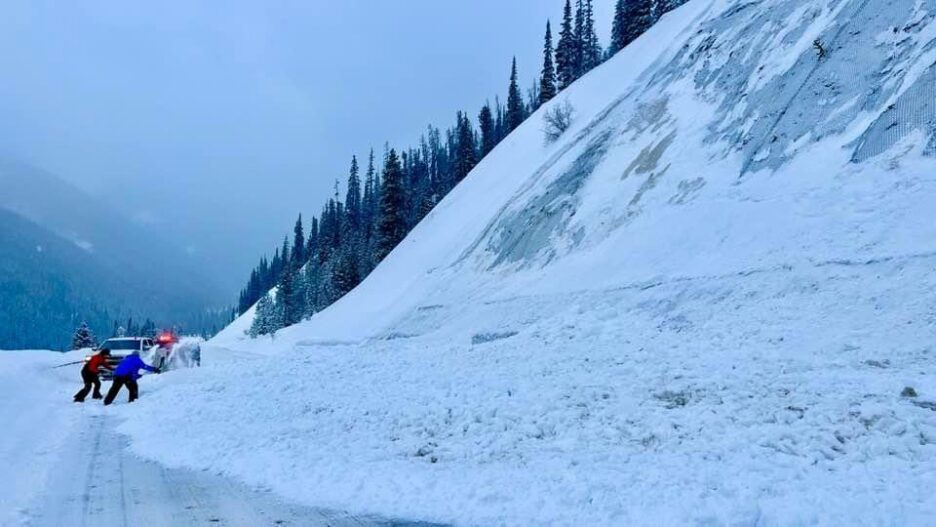A recent week of skiing in Colorado gave me a sobering reckoning with the power of mother nature. We were just seconds away from being swallowed up by an avalanche on US Route 40 on our way to Winter Park ski resort.
In truth, we were likely not in danger of dying. The snow slide occurred on a stretch of the highway prone to these events, and the Colorado Department of Transportation clearly had done a lot of work to mitigate the danger. But the danger to life, limb, and our vehicle was quite clear.
Fortunately, my friend had a dash cam which allowed him to video tape the avalanche and its immediate aftermath. We were quite literarily the content for “News at 11” as the video prompted a news story on the ABC affiliate (Denver 7) later that evening.
A couple of thoughts come to mind as I think about this experience.
First, avalanches can occur at just about any time. In our case, only one half of the area where the slide occurred let loosed. The other half stayed in tact for days after the initial vent.
The same conditions that created a fantastic week of skiing – light, fluffy “powder” – also create the best environment for avalanches. About two dozen people die each year in avalanches in the US according data provided by Statista.com. During the 2022-23 season, 18 people have already died, even though the official season is just beginning. Experts at the Colorado Avalanche Information Center note that most of these deaths are the result of avalanches triggered by human activity.
Avalanches don’t have to be big to kill. Two skiers were killed on February 23, 2023 in Colorado in an avalanche between one and three feet deep.
